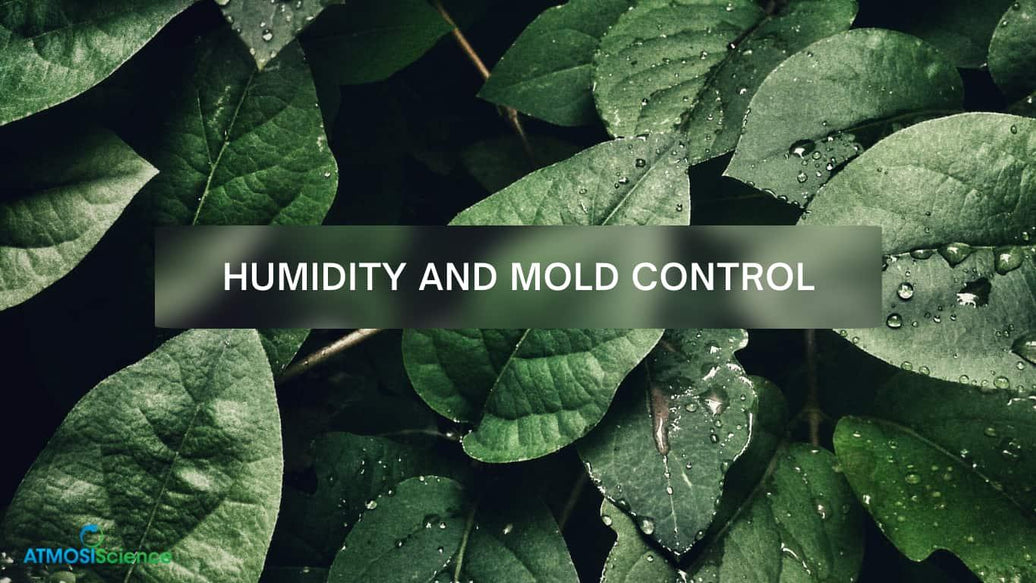Humidity, a fundamental component of the indoor and outdoor environment, exerts significant influence on human health. The relationship between humidity and health is complex, with both high and low relative humidity (RH) levels associated with a spectrum of adverse health outcomes, particularly affecting the respiratory system, immune function, and the prevalence of allergic and infectious diseases. This blog synthesizes current scientific evidence on the physiological and epidemiological effects of humidity, with a special focus on asthma, vulnerable populations, and the mechanisms by which humidity modulates health risks. The blog also addresses the effects of high humidity on the human body, the optimal humidity range for health, and practical recommendations for environmental control.

Humidity and health are closely intertwined. Humidity, defined as the amount of water vapor in the air, is a key environmental parameter that affects comfort, health, and disease transmission. Relative humidity (RH), the most commonly used measure, expresses the percentage of water vapor present in air relative to the maximum it can hold at a given temperature. As global climate patterns shift and urbanization increases, understanding the health implications of humidity becomes increasingly important for clinicians, public health professionals, and building designers.
Optimal humidity range for health
Scientific consensus
A substantial body of research identifies an optimal indoor RH range of 40–60% for minimizing health risks. Within this range, the survival and infectivity of airborne bacteria and viruses are minimized, and the incidence of respiratory infections and absenteeism is lower compared to environments with low or high RH. This evidence strengthens the link between humidity and health, emphasizing the importance of maintaining RH levels for well-being. The American Society of Heating, Refrigerating and Air-Conditioning Engineers (ASHRAE) and the World Health Organization (WHO) both recommend maintaining indoor RH within this range for health and comfort.
Deviations from the optimal range
- Low RH (<40%): Increases dryness and irritation of the respiratory tract and skin, impairs mucociliary clearance, and makes individuals more susceptible to infections – a major factor in the humidity and health connection.
- High RH (>60%): Promotes the growth of dust mites, mold, and bacteria, increasing the burden of allergens and risk of respiratory and allergic diseases.
Mechanisms: How humidity affects the human body
Mucociliary clearance
- Low RH: Reduces ciliary beat frequency and increases mucus viscosity, impairing the clearance of pathogens and particulates.
- High RH: Can also impair clearance by increasing mucus production and viscosity, especially in individuals with pre-existing respiratory conditions. These effects show how humidity and health are biologically linked through airway defense mechanisms
Airway reactivity
High humidity can trigger bronchoconstriction, especially in people with asthma, by activating airway sensory nerves and increasing airway resistance — another important aspect of the humidity and health relationship.
Immune system
Suboptimal RH impairs the integrity of the physical barrier maintained by mucus and tight junctions, reducing protection from pathogens and irritants. This can facilitate the spread of viruses and bacteria, especially in crowded indoor environments.
- Low RH: Reduces the effectiveness of the innate immune response in the respiratory tract.
- High RH: Increases the load of airborne allergens and pathogens, challenging the immune system. In both cases, the effects of humidity and health are clear: imbalanced RH burdens the immune system and increases infection risk.

Indoor air quality
High humidity increases the off-gassing of formaldehyde and other volatile organic compounds from building materials, while low humidity promotes the formation of indoor ozone. Both scenarios can irritate the respiratory tract and eyes, reinforcing the link between humidity and health through indoor environmental quality.
Effects of high humidity on the body
Thermoregulation
High humidity impairs the body’s ability to cool itself by reducing the evaporation of sweat, leading to overheating, dehydration, and increased cardiovascular strain. This can result in symptoms ranging from fatigue and muscle cramps to heat exhaustion and heat stroke.
- Heat stress: When RH is high, sweat does not evaporate efficiently, and the body cannot dissipate heat, increasing the risk of heat-related illnesses.
- Cardiovascular strain: The heart must work harder to maintain normal body temperature, which can be dangerous for people with heart disease.
Allergens and infections
High RH (>60%) supports the growth of dust mites and mold, both of which are major triggers for asthma and allergies. Most fungi cannot grow unless RH exceeds 60%, and mite populations are minimized below 50% RH but reach a maximum at 80% RH.
- Asthma and allergies: High humidity increases the concentration of airborne allergens, leading to more frequent and severe symptoms.
- Infectious diseases: Some viruses, such as influenza, survive longer at low RH, while others, like rhinovirus, persist at high RH.

Other health effects
High humidity can increase the release of odors, microparticles, and vapors such as acrolein, further degrading indoor air quality. It can also exacerbate skin conditions and eye irritation.
Humidity and asthma
Does humidity affect asthma?
Yes, both high and low humidity can affect asthma. High humidity is generally associated with increased asthma symptoms and attacks, primarily due to the proliferation of allergens (dust mites, mold) and increased airway irritation. Low humidity can also worsen asthma by drying out the airways and impairing mucociliary function.
Is humidity bad or good for asthma?
- High humidity is typically bad for asthma, as it increases allergen load and can trigger bronchoconstriction.
- Low humidity can also be problematic, but moderate humidity (30–50%) is considered optimal for most people with asthma.
Can humidity trigger or worsen asthma?

Yes, humidity can trigger asthma attacks and make symptoms worse. Studies show that increases in RH are associated with higher rates of asthma complaints, emergency visits, and hospital admissions, especially in children. For example, a 10% increase in RH was linked to a 31% increase in childhood asthma admissions in Greece.
Indoor environment and building standards
Building standards typically set upper RH limits between 60% and 80% to prevent health issues related to high humidity. Remediation measures include controlling sources of moisture, improving ventilation, and using dehumidifiers or humidifiers as needed.
- Ventilation: Essential for controlling indoor humidity and reducing the concentration of allergens and pollutants.
- Moisture control: Prevents the growth of mold and dust mites.
Recommendations for humidity control
- Maintain indoor RH between 40–60% for optimal health.
- Use dehumidifiers in damp environments and humidifiers in dry climates.
- Ventilate bathrooms, kitchens, and laundry areas to control moisture.
- Monitor indoor humidity with a hygrometer.
- Address water leaks and condensation promptly to prevent mold growth
Indoor relative humidity control within the optimal range of 40–60% is crucial for minimizing the risk of respiratory infections, asthma exacerbations, and allergic diseases. Both high and low humidity levels can adversely affect health, particularly in children and other vulnerable populations. Public health strategies and building standards should prioritize humidity control as a key component of healthy indoor environments.
































